Western food often uses a variety of spices, but when we see various bottles and cans of colorful spices in the supermarket, we tend to be confused and unfamiliar. In fact, Western food seasoning and Chinese food seasoning is very different. Western food will also be more diverse. Sometimes, the same spice is fresh, dry, and powdered. Dry material stored for a long time, powder used to flavor more convenient, fresh taste of the most original, each has its own good. It's all about the food you cook. Today, the Chinese Federation mainly gives you some spices that are often used in Western food for popular science.
Basil Basil
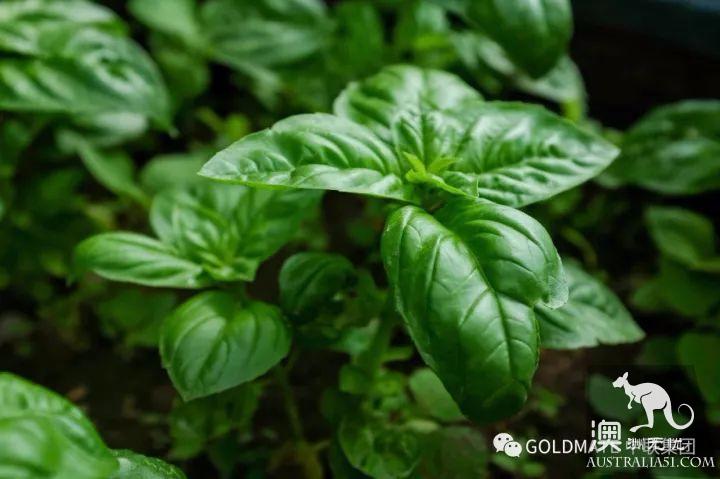
Basil, this is the most common spice, in Chinese, Western, Thai cuisine is very common. Basil's aroma is strong, should belong to the lover extremely loves, the hate person extremely hates the type. It is not only the standard for Vietnamese rice flour, but also the main dressing for spaghetti. It also has another name, nine-story tower, which is often used in the table-top dish of Stewed Chicken with Three Cups Sauce.
Bay leaves laurel leaf
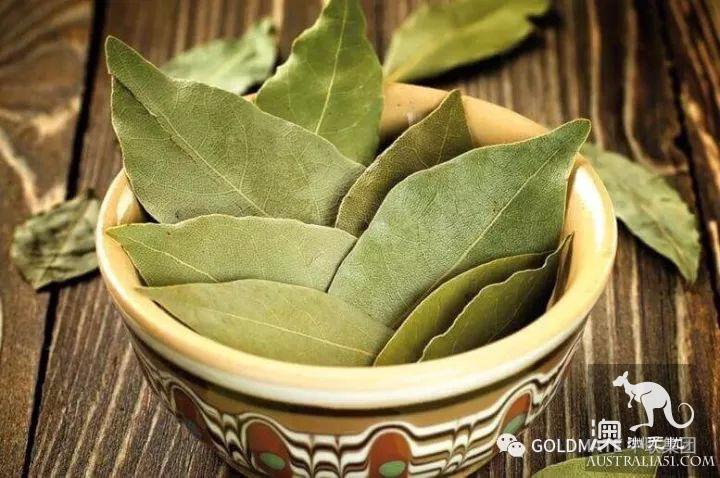
Laurel leaf, also called fragrant leaf, cinnamon leaf, geranium, etc. This is usually used for stew, just a few slices. But cinnamon leaves belong to western food seasonings, fresh leaves can also be used for soup, meat and stew.
Cinnamon cinnamon
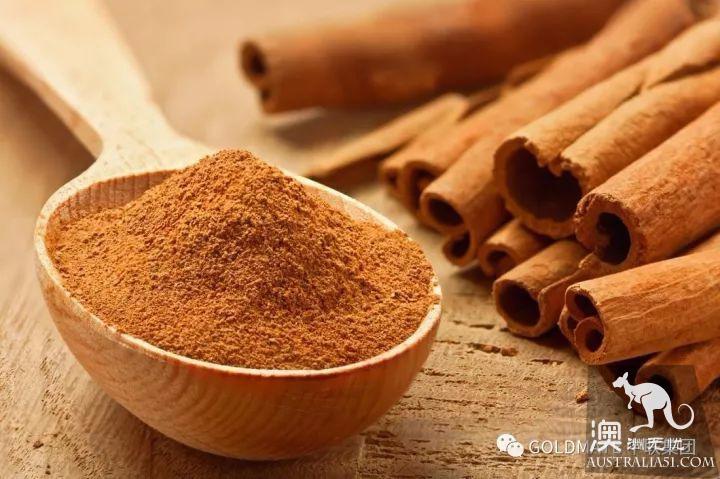
Cinnamon, also known as cinnamon, taste is also relatively strong, in Chinese food it is called cinnamon, mainly to the stew flavor, but also one of the five flavor powder. In addition to spices, or traditional Chinese medicine, fire to help Yang, cold and pain, warming the effect of meridians. Most of the cinnamon in western cuisine is in the form of powder and is often used for baking, such as cinnamon bread, apple pie, and black forest with cinnamon powder.
Cloves cloves
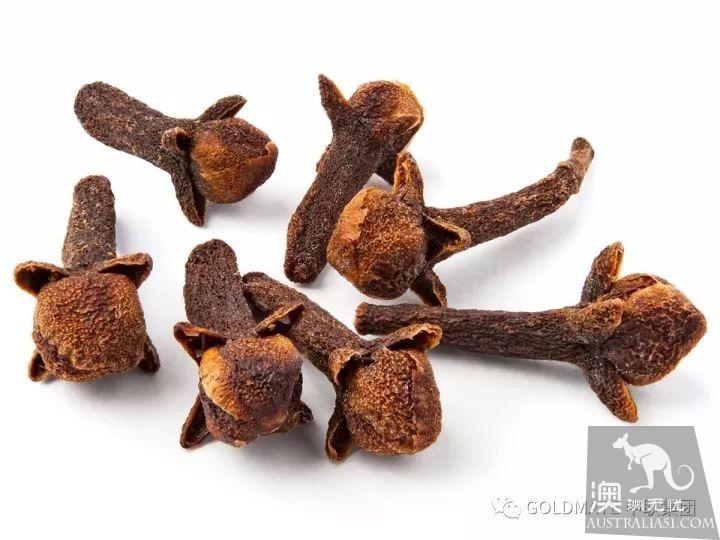
Cloves, which are usually used in stew, are more often used. Cloves are often used to make brine, pickled kimchi, stew, and roast fish; also used to make pastries and beverages; and as one of the ingredients of "five-spice powder" and "curry powder".
Coriander coriande
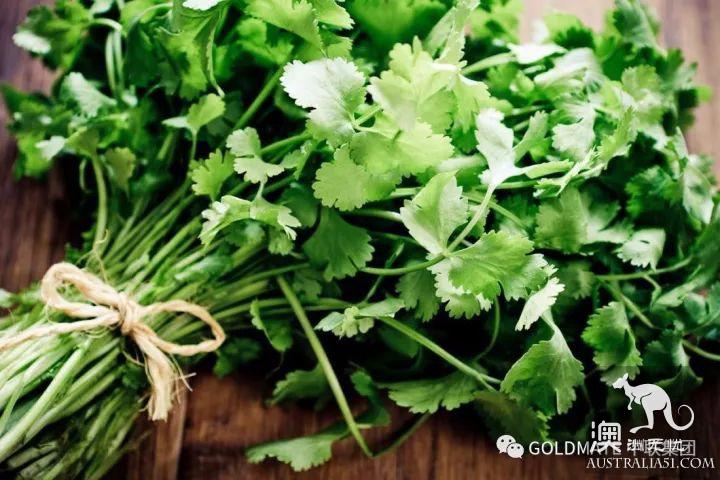
Coriander, a controversial spice, is not acceptable to many people. It will be used not only in Chinese cuisine, but also in western cuisine. Buy coriander words, suggest everybody buy fresh, how to use coriander to believe need not introduce too much.
Dill dill
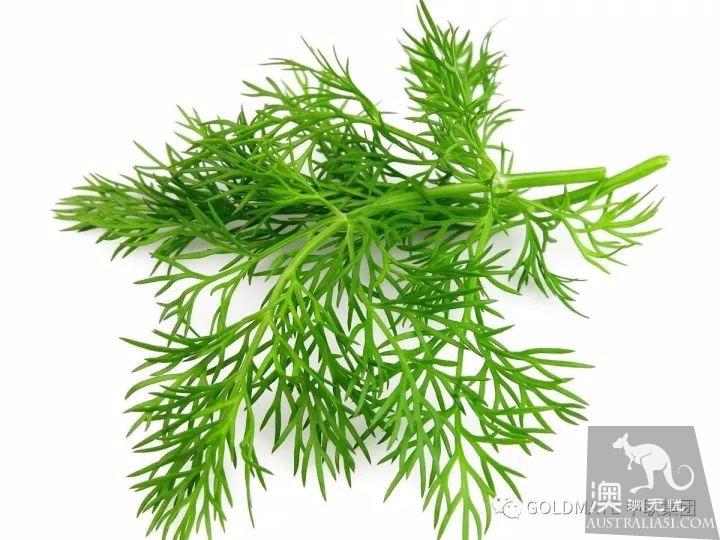
It smells like fennel, but it's not fennel. Fennel and dill, similar to celery, are slightly cooler, milder and less exciting. Of course, foreigners don't use it to make dumplings and dumplings. Dill is very popular in Russian, Middle Eastern and Indian dishes, and it seems to be common to do with seafood, such as Marinated Salmon.
Lemongrass citronella leaf
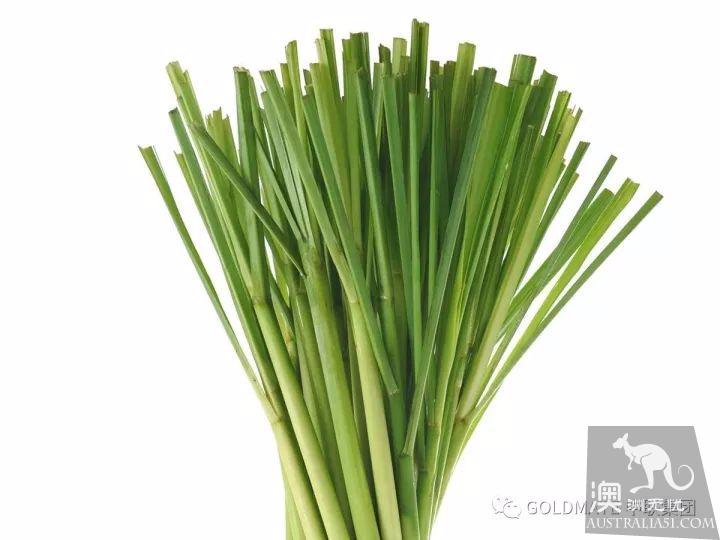
Citronella grass is an essential ingredient for Thai cuisine. It tastes heavy and may not be acceptable to everyone. Because of its lemon aroma, it is also called lemon grass. Especially in Thai cuisine is very common, used in stew, curry, stew, as Thai classic spices.
Mint mint
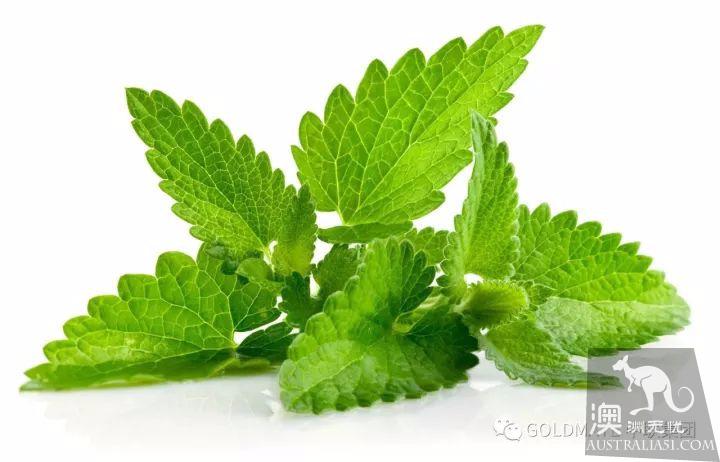
Menthol is no stranger to everyone, the fragrance is fresh and a little irritating, when you smell a cold can also smell the nose. But Chinese cuisine rarely uses peppermint, while Western cuisine uses one more, and salads are more often used to make cooking condiments. In addition, peppermint is also used to make some drinks, such as cocktails. Dried mint can also be used for soup flavoring and stew.
Nutmeg nutmeg

Nutmeg is usually powdered and usually used in desserts and drinks.
Oregano oregano

Oregano, also known as leaflet mint, has a unique fragrance. It is used more often in Italian dishes. Is the tomato's good partner, when making tomato spaghetti, put a little bit, the taste is very good. In addition, oregano is often used in Italian pizza.
Parsley parsley

Parsley, also known as caraway, looks very similar to Chinese water celery. Can be used for decoration, can also be used for flavoring, fresh parsley has two forms, one is flat, one is rolled, there is not much difference in taste, but the taste of flat stronger. The taste is fresh and mild, with a strong vanilla flavor. Parsley can bring out the flavor of other basic spices and seasonings as well as remove the odour of ingredients and is the main ingredient in western food. Celery is often used to make pasta, salad, soup, cream, fish, meat, potatoes and roasted chicken.
Rosemary rosemary
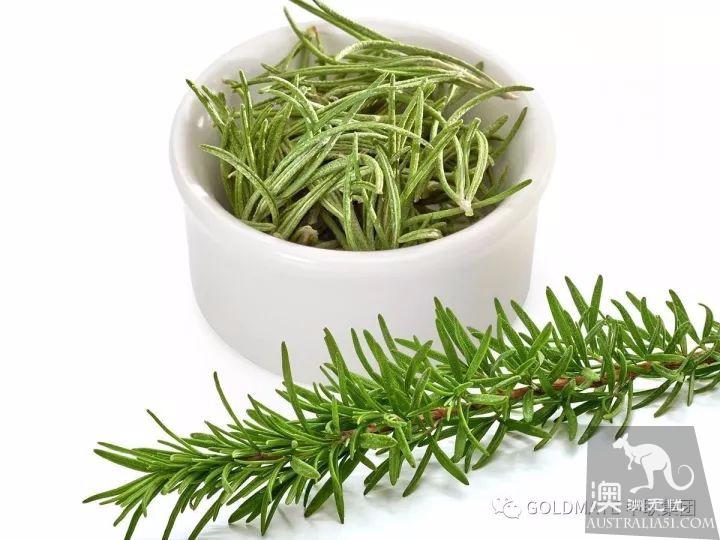
Rosemary sweet with rosewood smell and flavor, strong aroma, sweet with bitter taste. Spices are often used in Western food, often in roast mutton, roast beef steak, baked potatoes.
Sage sage
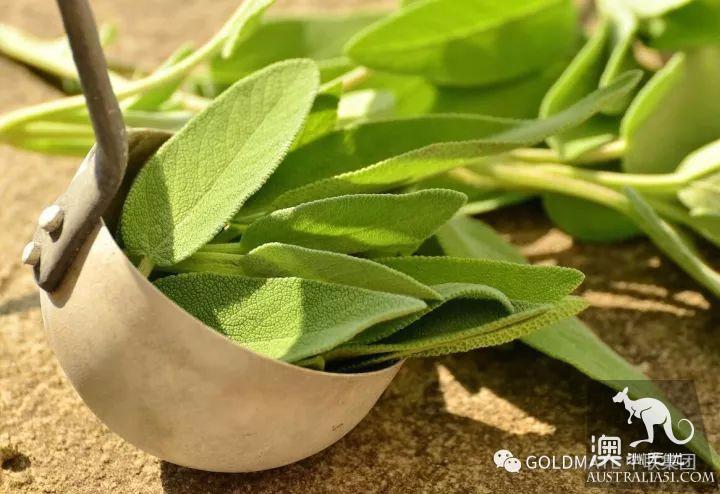
The aroma of sage is pungent, with a hint of camphor, which makes it ideal for cooking with dairy products and greasy foods. But when it is used because it tastes a little too strong, so people should master the amount, do not rush around and cover up the taste of other foods. Italians use sage to make bread and soak oil as part of a healthy diet; Its unique flavor not only removes the smell of meat but also decomposes fat and has good germicidal and antiseptic effects in sausage and sausage foods.
Tarragon Artemisia annua
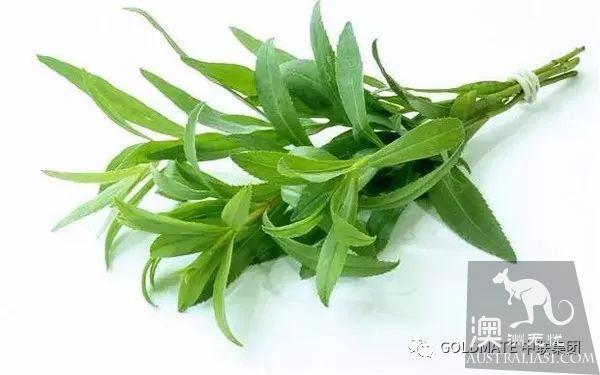
Artemisia annua, belonging to the Compositae plant, also known as Artemisia annua, Artemisia ser Its origin was Siberia and Western Asia and was later introduced to Europe. It tastes a bit like fennel, a little spicy, and half sweet and half bitter. Artemisia artemisia leaves are suitable for adding vinegar, pickles, vegetables, mustard seeds and sauces. They are also often used in tomato and egg cooking. If they are used in fish or meat dishes, soup, stews, etc., the taste is first-class. French food is used more, and chicken together with good taste! Fresh leaves can also make salad. In addition, it also has the function of refreshing breath, promoting digestion and sleeping.
Thyme thyme
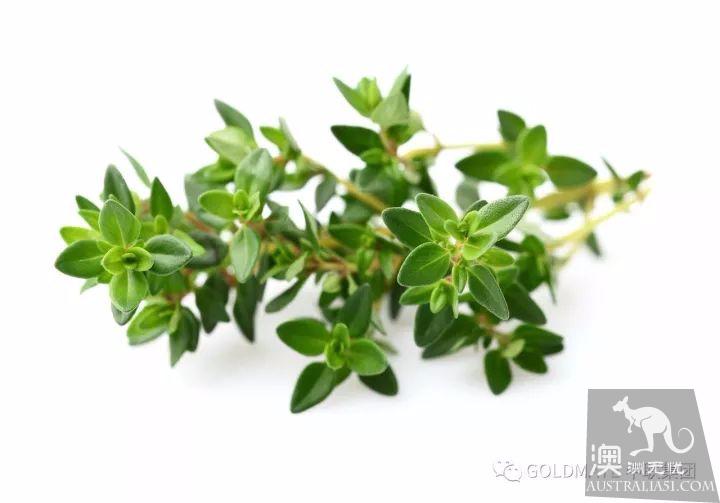
Thyme or thyme, it is a semi-shrub. In Li Shizhen's Compendium of Materia Medica, this is recorded: "the taste is slight, the native people cook sheep and eat meat, the incense is beautiful." A spice commonly used in western cuisine, flavorful, used to stew meat and stew soup, with eggs and so on. Interestingly, in European culture thyme symbolizes courage, so it was given to soldiers in the Middle Ages.
English and Chinese control of common spices in Australia:
Alfalfa: Alfalfa, Shepherd, Alfalfa, Road steaming
Allspice: fruit
Anise: anise
Aniseed: anise seed
Apple mint: apple mint
Basil: basil, nine-story towe
Bay leaf: leaves
Black cardamon: fruit
Black pepper corn: black pepper seed
Caper: areca nut
Caraway: hides anise, hamamelis, Artemisia annua
Cardamom: cardamom
Cayenne pepper: peppe
Chervill: Sauvignon, celery
Chinese five spice: five flavor powde
Chive: scallions
Cinnamon: cinnamon
Clove: cloves
Coriander: coriander, cilantro
Cumin: cumin, fennel.
Curry powder: curry powde
Curry leaf: Clive Citrus, seasoned with Nine Lixiang
Dill / Dill seeds: dill, anise
Fennel: fennel
Fenugreek: fenugreek
Galangal: Nanjiang
Galic chive: chives
Hop:, hops.
Horseradish: horseradish, western mountain bezoar, horseradish
Kaffir lime: Kafielem, Hornet Orange
Laurel: laurel
Lemongrass: citronella, lemon grass or lemon vanilla
Liquorice: licorice
Marjoram: leaves
Mint: mint
Mustard: mustard
Nutmeg: nutmeg
Oregano: oregano
Paprika: chili powder, red pepper powder, dry chili powder, chili powde
Parsley: parsley, coriande
Peppermint: peppermint
Perilla: perilla
Poppy seed: poppy seeds
Rosemary: rosemary
Safflower: safflowe
Saffron: saffron, crocus, saffron
Sage: sage
Sichuan Pepper: peppe
Star anise: fennel, octagonal, big stuff.
Tarragon: Artemisia annua
Thyme: thyme, thyme
Turmeric: turmeric
Vanilla: vanilla, vanilla
Wasabi: sunflowe
Watercress:, watercress, water mustard, paddy field mustard, chrysanthemum chrysanthemum

